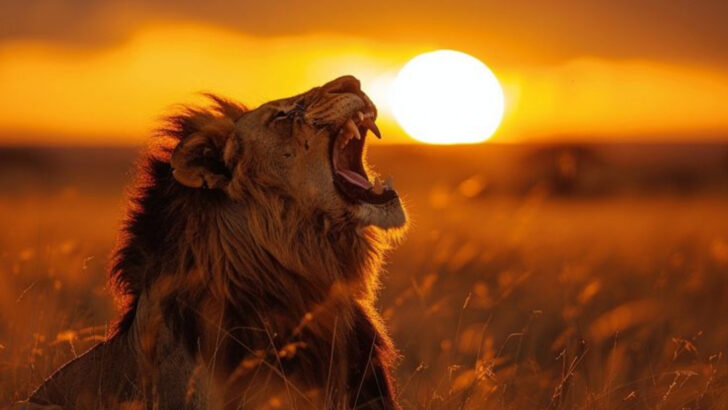Some wild cats stop you in your tracks. Others slip right past your eyes—ghosts with paws.
Everyone knows the stars: the regal lion, the sleek cheetah, the snow-dusted lynx. They’re bold, beautiful, and camera-ready.
But beyond the spotlight are feline wonders most people wouldn’t recognize if they walked across their dinner table. Tiny, fierce, and utterly mesmerizing.
This isn’t just about snapping a picture—it’s about spotting the rare, the unexpected, the almost mythical. These cats don’t just pose—they haunt, hunt, and vanish like a breath in the wind. Ready to meet the felines that fuel obsession? Let’s go.
Lion

The lion, often referred to as the king of the jungle, exudes an aura of power and majesty. Known for their impressive mane and regal presence, lions have captured the hearts of many. These creatures are social animals, living in prides that can include up to 15 members.
Their roaring can be heard up to five miles away, marking their territory. Lions are primarily found in the African savannahs, where they hunt in coordinated groups. Despite their fierce reputation, lions sleep up to 20 hours a day, conserving energy for their hunts.
Capturing a lion on camera during a golden sunset is a photographer’s dream.
Tiger
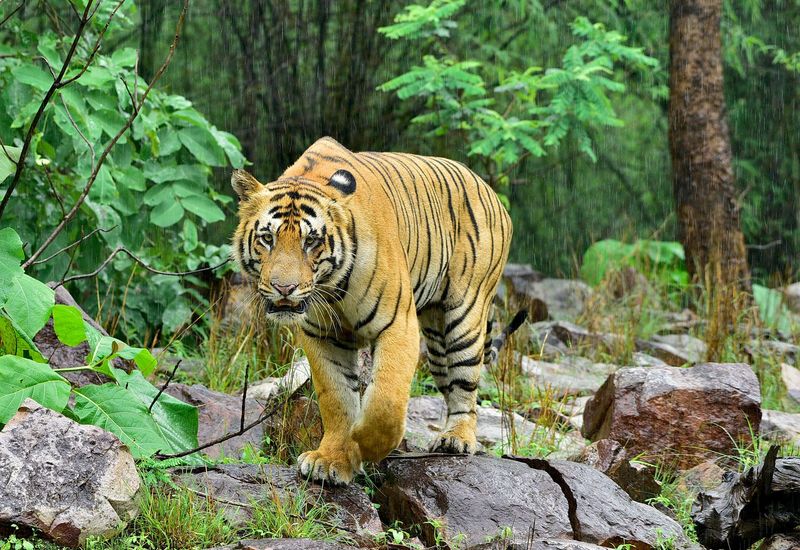
Tigers, with their striking orange coats and black stripes, are symbols of strength and grace. The Bengal tiger, in particular, is a favorite among photographers. These solitary creatures prefer dense forests, where they can stealthily move and hunt.
Tigers are known for their powerful build and incredible swimming abilities, often seen crossing rivers effortlessly. Their roar is equally formidable, echoing across the jungle. While tigers are apex predators, they face the threat of habitat loss, making conservation efforts crucial.
Capturing a tiger amidst the lush greenery of India’s jungles is a rare and cherished opportunity.
Cheetah
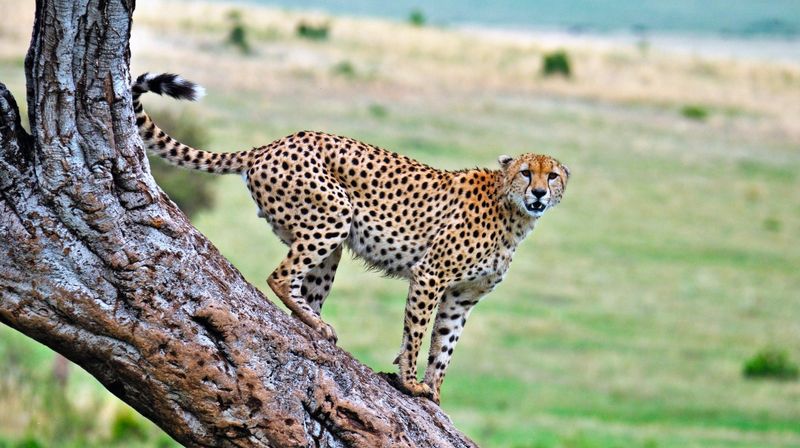
Cheetahs are renowned for their unparalleled speed, capable of reaching up to 70 miles per hour. Their slender, aerodynamic bodies and distinctive black tear stripes set them apart from other big cats. Unlike other predators, cheetahs rely on speed and stealth, rather than strength.
These solitary hunters are often seen in open plains, where their agility comes to life. Despite their prowess, cheetahs face significant threats from habitat destruction and human conflict. Their graceful leaps and rapid sprints offer a stunning spectacle for photographers.
Capturing a cheetah in full stride is a testament to nature’s engineering marvel.
Leopard
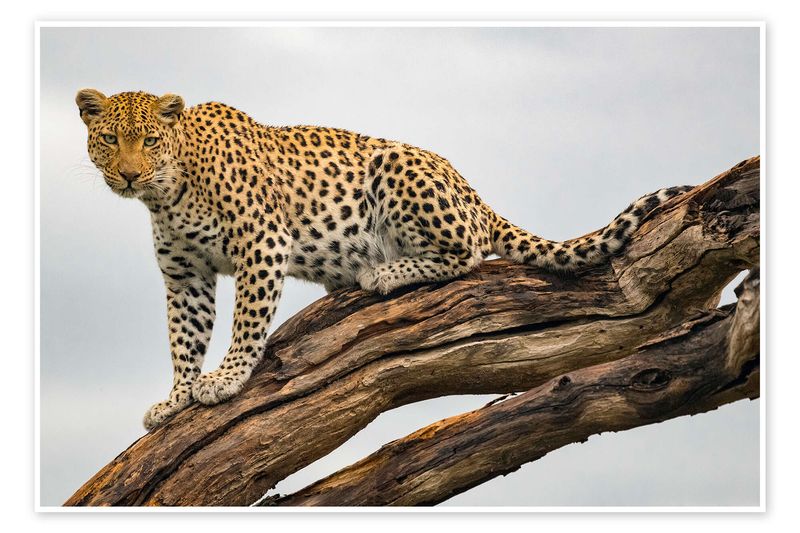
Leopards are masters of camouflage, often found resting in trees with their spotted coats blending seamlessly with the environment. These solitary and nocturnal hunters are known for their adaptability and stealth.
Unlike some of their larger cousins, leopards are versatile in their habitat, found in forests, mountains, and grasslands. Their ability to carry prey twice their weight into trees is legendary. Leopards are also excellent swimmers, a trait not commonly seen among other big cats.
Photographers seek the perfect shot of a leopard lounging in a tree, showcasing their elusive beauty and elegance.
Jaguar

Jaguars, the largest cats in the Americas, are renowned for their powerful jaws and striking rosette patterns. They thrive in the dense forests of the Amazon and are adept swimmers.
Jaguars are solitary and elusive, often hunting both in water and on land. Their diet is diverse, ranging from fish and reptiles to larger mammals. Jaguars play a crucial role in maintaining the balance of their ecosystem.
Capturing a jaguar in its natural habitat offers photographers a glimpse into the mysterious world of the rainforest’s most formidable predator.
Snow Leopard
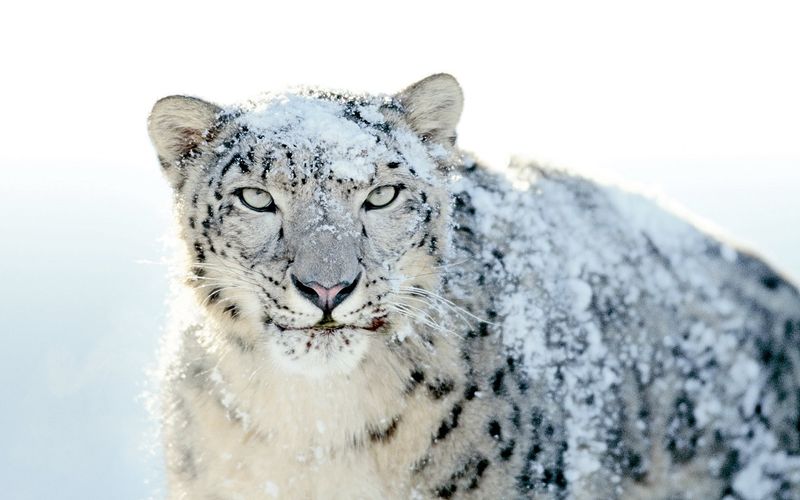
Snow leopards, often called the ghosts of the mountains, inhabit the harsh, cold landscapes of Central Asia. Their thick fur and long tails help them survive the freezing temperatures of the Himalayas.
Elusive by nature, snow leopards are rarely seen, making them a prized subject for photographers. They are skilled climbers, traversing steep cliffs with ease. Despite their solitary nature, snow leopards have a gentle grace about them.
Photographers fortunate enough to capture the elegance of a snow leopard in its frosty domain achieve a rare triumph in wildlife photography.
Cougar
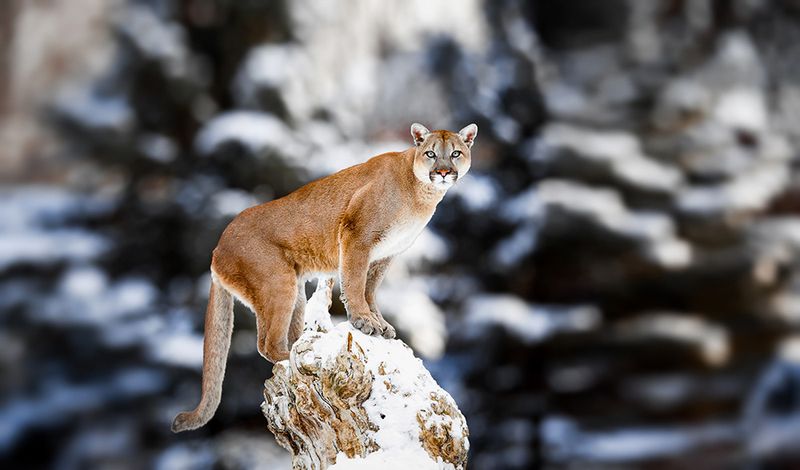
Cougars, also known as pumas or mountain lions, are versatile predators found throughout the Americas. Their tawny coats and muscular build allow them to navigate diverse terrains, from forests to deserts.
Cougars are solitary and primarily nocturnal, relying on stealth to stalk their prey. Though they are powerful hunters, they rarely pose a threat to humans. Cougars play a vital role in controlling the populations of their prey, maintaining ecological balance.
Capturing the stealth and strength of a cougar in the wild is a thrilling challenge for any wildlife photographer.
Lynx

Lynxes are medium-sized wild cats known for their distinctive tufts of black hair on their ears and short tails. Found in the forests of Europe, Asia, and North America, they are elusive and solitary hunters.
Their sharp senses and retractable claws make them adept at hunting in wooded areas. Lynxes are also excellent climbers and swimmers. Despite their small size compared to other wild cats, they are formidable predators.
Photographers capturing a lynx amidst the underbrush of a dense forest can convey the mystery and stealth of this remarkable feline.
Clouded Leopard
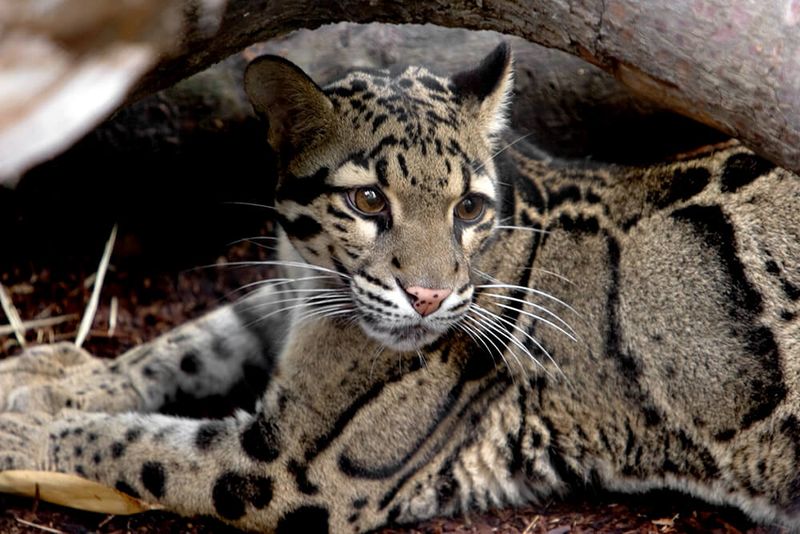
Clouded leopards, with their distinctive cloud-like markings, are among the most mysterious of wild cats. Inhabiting the dense rainforests of Southeast Asia, they are adept climbers, often seen resting on tree branches.
Their long canine teeth and exceptional climbing abilities make them unique among big cats. Clouded leopards are solitary and elusive, often remaining hidden in the forest canopy. Their enigmatic nature adds to their allure.
Photographers seeking to capture the essence of a clouded leopard must venture deep into the rainforest, where these secretive felines thrive.
Serval
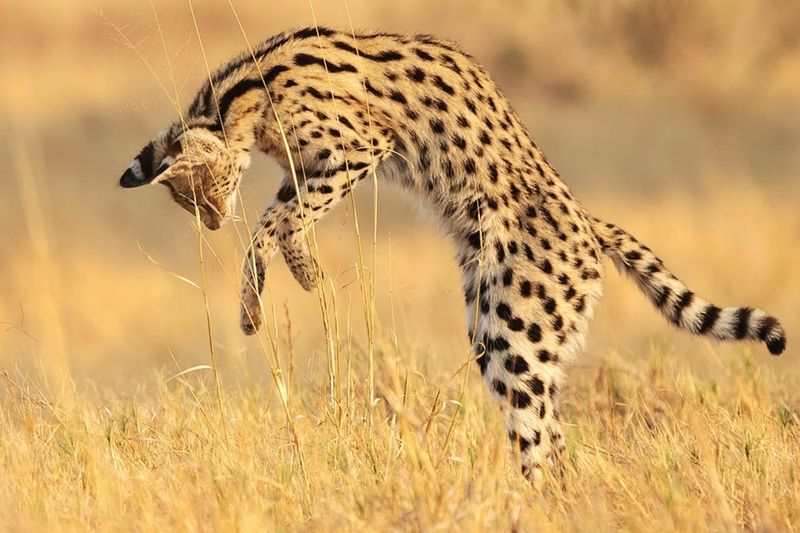
Servals, with their long legs and large ears, are built for agility and hunting in the grasslands of Africa. Their distinctive black spots and stripes set against a golden coat make them stand out.
These solitary hunters rely on their keen sense of hearing to locate prey in the tall grasses. Servals are known for their impressive leaping ability, capable of jumping over six feet to catch birds in mid-air.
Capturing a serval mid-leap is a dynamic challenge that showcases the athletic prowess of this fascinating feline.
Caracal
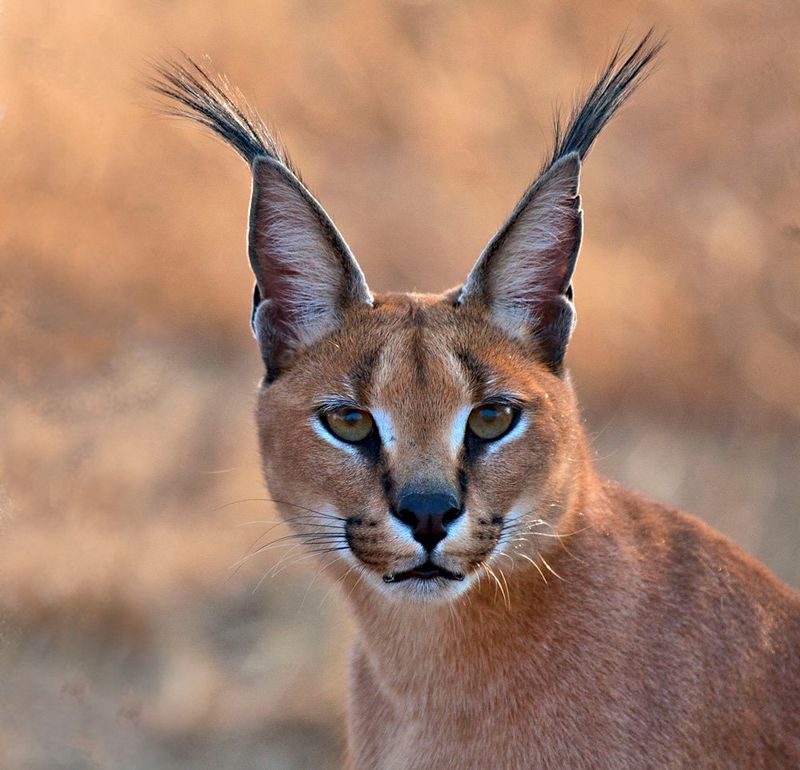
Caracals, with their sleek bodies and tufted ears, are small yet powerful cats found in Africa and parts of Asia. Their distinctive ears, adorned with black tufts, are highly expressive.
These cats are skilled hunters, capable of leaping high into the air to catch birds in flight. Caracals prefer dry, open habitats, where they can blend seamlessly with the surroundings.
Photographers aiming to capture the elegance and agility of a caracal often seek the perfect opportunity when these cats showcase their impressive leaping skills.
Ocelot

Ocelots, with their strikingly marked coats, inhabit the tropical rainforests of Central and South America. Their beauty and elegance have made them popular subjects for both photographers and artists.
These nocturnal cats are solitary hunters, relying on stealth and surprise to capture prey. Ocelots are adept climbers, often seen in trees where they rest or hunt.
Capturing an ocelot among the lush foliage of the rainforest reveals the intricate patterns and captivating presence of this enchanting feline.
Fishing Cat
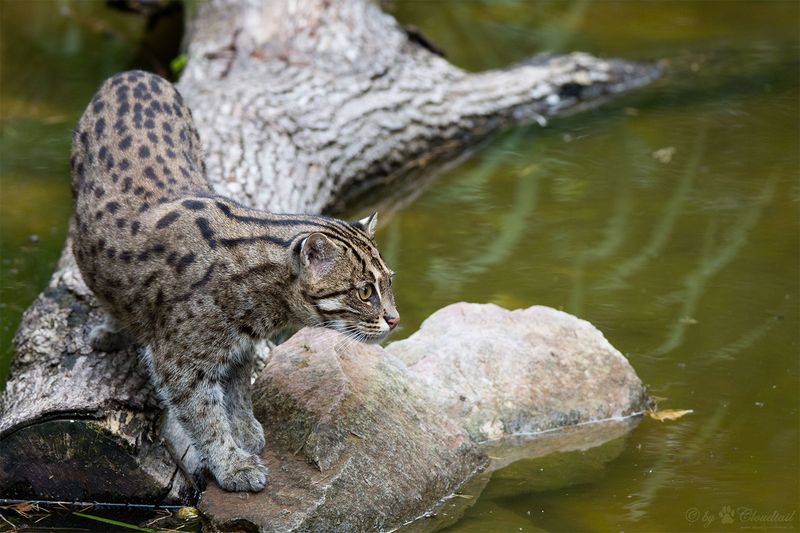
Fishing cats, as their name suggests, are skilled hunters of aquatic prey, found in the wetlands of Southeast Asia. Their partially webbed paws and short tails make them excellent swimmers.
These medium-sized cats are primarily nocturnal, relying on their unique skills to catch fish, frogs, and other small animals. Despite their aquatic prowess, fishing cats face threats from habitat destruction.
Photographers capturing the stealthy movements of a fishing cat in its watery domain highlight the adaptability and resilience of this lesser-known feline.
Black-Footed Cat

Black-footed cats, the smallest of Africa’s wild cats, are fierce and determined hunters. Found in the arid deserts of southern Africa, they are known for their remarkable hunting success rate.
These nocturnal felines are solitary and secretive, rarely seen by humans. Despite their small size, they can take down prey much larger than themselves.
Photographers capturing the intensity and determination of a black-footed cat in the wild celebrate the spirit of one of the animal kingdom’s most efficient predators.
Pallas’s Cat
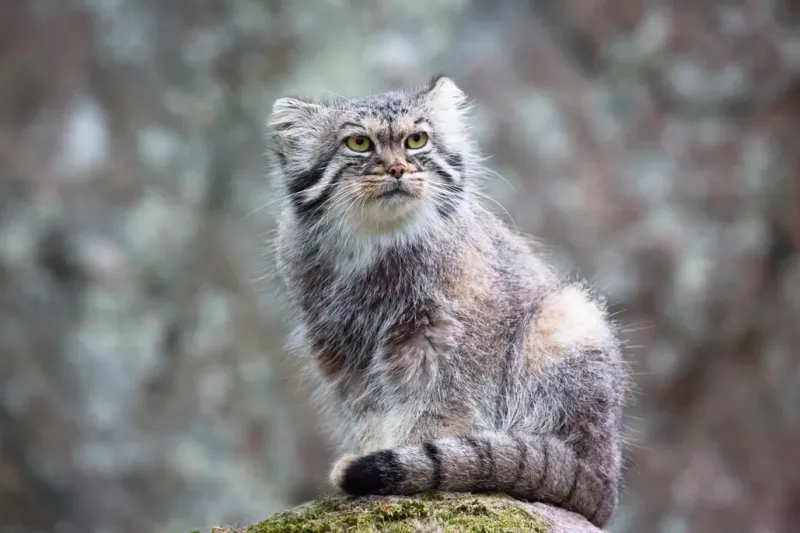
Pallas’s cats, with their dense fur and unique flat faces, inhabit the cold, rocky steppes of Central Asia. These small cats are adapted to harsh climates, relying on their thick coats for warmth.
Their distinctive appearance, coupled with their elusive nature, makes them a fascinating subject for photographers. Pallas’s cats are solitary hunters, preying on small mammals and birds.
Photographers lucky enough to capture the enigmatic look of a Pallas’s cat in its rugged environment get a rare glimpse into a world few get to see.
Sand Cat
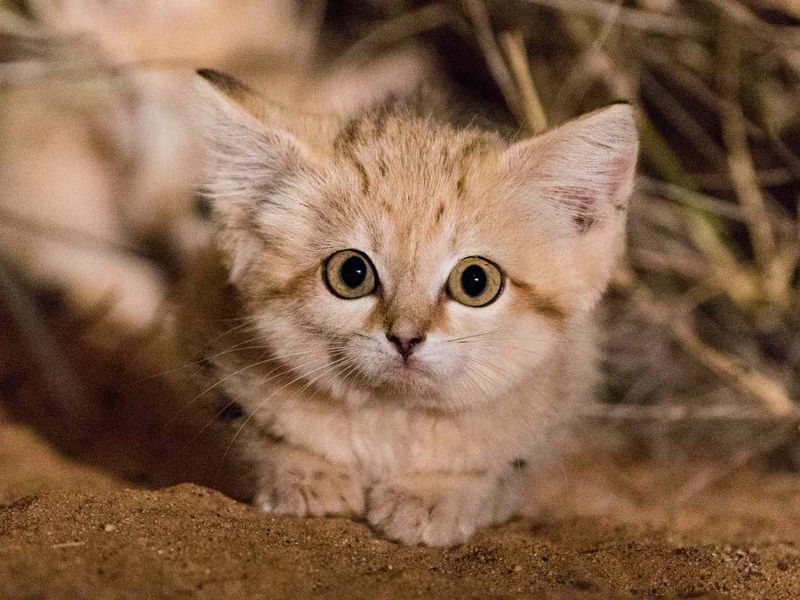
Sand cats are perfectly adapted to desert life, with their pale coats and furry paws that help them traverse hot sands. Found in the deserts of North Africa and the Middle East, they are elusive and rarely seen.
These nocturnal hunters rely on their exceptional hearing to locate prey beneath the sand. Despite their small size, sand cats are formidable predators in their harsh environment.
Photographers capturing the mysterious allure of a sand cat in its arid habitat highlight the resilience and adaptability of this remarkable wild cat.
Margay
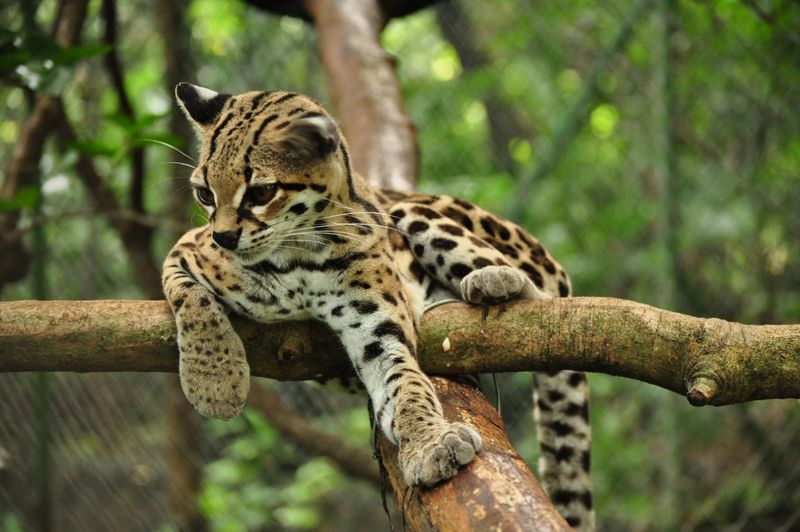
Margays, with their large eyes and agile bodies, are adept climbers found in the dense forests of Central and South America. Their ability to rotate their ankles makes them unique among wild cats.
These nocturnal felines are solitary and elusive, often seen leaping gracefully among the trees. Their beautiful spotted coats allow them to blend seamlessly with their surroundings.
Photographers capturing a margay in its arboreal habitat reveal the grace and dexterity of one of nature’s most skilled climbers.

